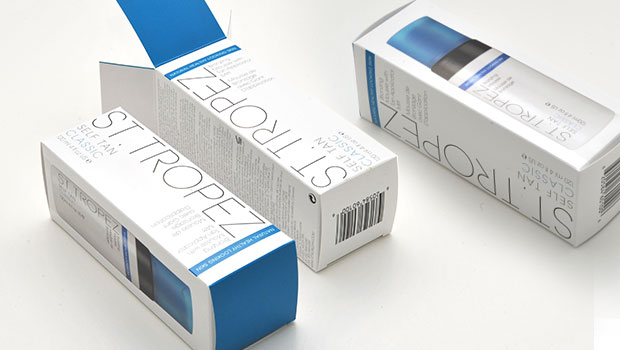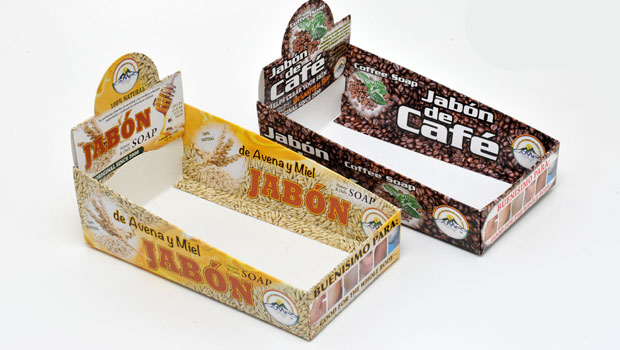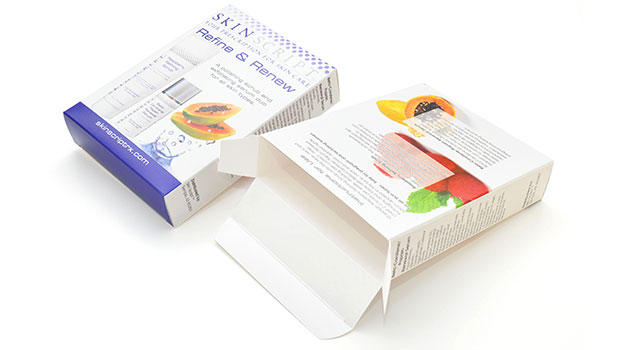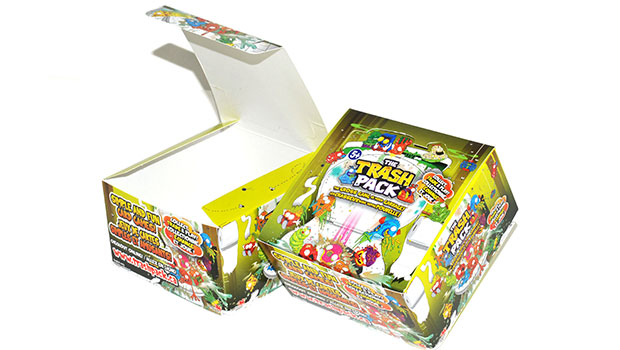Creating the right packaging for your product can be a daunting task, especially if it is launching for the first time. Whether you have a new product, are simply revamping the packaging, or are adding another item to a growing lineup of offerings, you want to do whatever you can to avoid mistakes. Here are some of the most important pitfalls to avoid when creating your product packaging.
- Don’t Be Afraid to Change
Yes, you want to keep your packaging recognizable so clients know it is the same great product they love. That doesn’t mean that you can never change it. Being afraid to make adjustments is a huge pitfall. Instead, change some elements of your product while maintaining others. This makes sure your packaging is up-to-date and connects with current customers.
- Don’t Go Crazy with Changes
While some changes are good, you don’t want to go overboard. To avoid this issue, do research before making any changes. See how your customers interact with the current package and make sure that the elements they love are still there. Instead of changing everything at once, make one change at a time.
- Don’t Make the Packaging Too Small
Customers are starting to demand more environmentally friendly packaging, which means less wasted material. That can tempt some companies to make their packaging smaller, but be careful not to reduce the size too much. A small reduction in size is acceptable, but a large reduction may give more shelf space to your competition and limit your space for graphics.
- Don’t Make It Impossible to Open
One of the biggest pitfalls in a package is if it can’t be opened easily. Customers are unlikely to buy your product again in this case. Ensure your product is easy to open, such as with a perforated opening.
- Don’t Forget to Include Your Selling Points
The packaging is responsible for customers’ first impression of the product. Because of this, you should let them know what product is inside, how it works, and why they need it. Without these things, your product will just get lost on the shelves among the competitors. It won’t have any selling points to set it apart.
- Don’t Forget to Fit the Retail Store
It can be a major pitfall to create packaging that isn’t right for the store it will be sold in. Club stores, for example, will need larger packaging than a convenience store. Don’t be afraid to create more than one type of packaging for your product so it can fit into each store and appeal to that retailer’s customers.
- Don’t Make It Flimsy
While you want to cut costs, you should never do so by sacrificing the quality of the packaging. For example, flimsy materials won’t protect your product. Customers don’t want to buy a product that has a damaged box or, even worse, that has been damaged in transit. If you ship directly to customers, they are more likely to return the product. If you sell in stores, the items are more likely to remain on the shelves. Instead, spend a bit more to use sturdy materials that can handle transportation.




